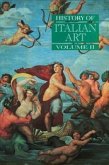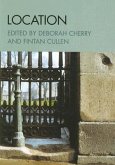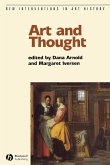The famous call, made nineteen years ago by Appadurai and Kopytoff, that students of material culture should study the 'social life' of things has, until now, had a limited effect upon students of the Italian Renaissance. The essays in this book - part of the recent burgeoning interest in Italian Renaissance material culture - rise to Appadurai and Kopytoff's challenge, examining the 'lives' led by objects in late medieval and Renaissance Italy: their creations, lives and subsequent after-lives. Situating objects and their biographies in their cultural, social and economic contexts, the contributors discuss the 'social lives' of a range of objects in late-medieval and Renaissance Italy: maiolica, sculpture, artists' autobiographies, plate for the table, cassoni, glassware, prostitutes' jewellery, miraculous painted images, choir-screens, chapels, and antiquities. An introductory essay discusses the forms of evidence at the disposal of students of material culture and their relationship to the objects whose lives they seem to illuminate.
"All in all, this is a useful, at times thought-provoking, and never less than informative collection of essays." (Sixteenth Century Journal, Winter 2008)"A lot is packed into this slim volume; big claims are made forsmall objects, which can only be a good thing, and with any luck itwill generate further debate about the methods by which we analyse'pre-modern' things."
-Catherine Richardson, University of Birmingham
-Catherine Richardson, University of Birmingham








